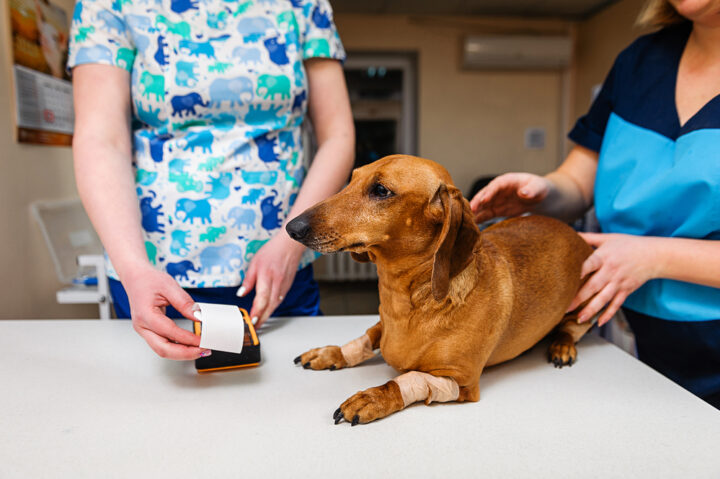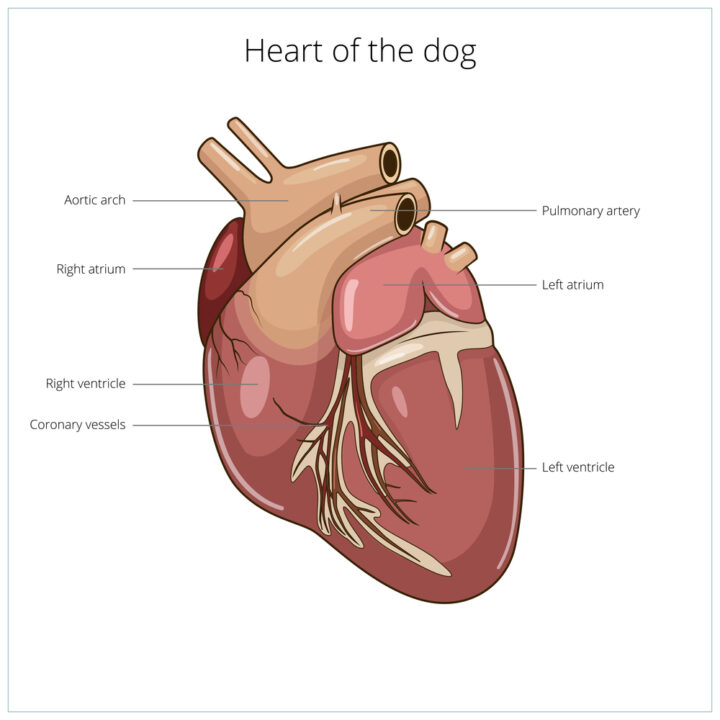Echocardiogram
An echocardiogram, or “echo” for short, is a diagnostic test that uses ultrasound waves to produce images of the heart. It is a safe and non-invasive way to evaluate the structure and function of the heart, and it is commonly used in veterinary medicine to diagnose and monitor heart disease in dogs.
During an echocardiogram, a veterinarian or veterinary technician will use a specialized ultrasound machine to take images of the heart from different angles. The test is typically performed while the dog is lying on its side, and a small amount of gel is applied to the chest to improve the quality of the images.
What Is Produced?
The images produced by an echocardiogram can provide valuable information about the size and shape of the heart, as well as the function of the heart valves and chambers. This information can be used to diagnose a variety of heart conditions, including:
- Congenital heart defects
- Valvular heart disease
- Dilated cardiomyopathy
- Hypertrophic cardiomyopathy
- Heart failure
Echocardiograms are often recommended for dogs who are at risk of developing heart disease, such as older dogs or breeds that are predisposed to certain heart conditions. They are also used to monitor dogs who have been diagnosed with heart disease and to assess the effectiveness of treatment.
The procedure is generally safe and non-invasive, and does not require sedation in most cases. However, in some cases, sedation may be necessary to help keep the dog still and calm during the procedure.
If your dog is scheduled to undergo an echocardiogram, your veterinarian will provide you with instructions on how to prepare for the procedure. This may include fasting your dog for a certain period of time before the test, or withholding certain medications.

Summary
In summary, an echocardiogram is a safe and non-invasive diagnostic tool that can provide valuable information about your dog’s heart health. If you have concerns about your dog’s heart health or have been advised to have an echocardiogram performed, speak with your veterinarian to learn more about the procedure and what to expect.
